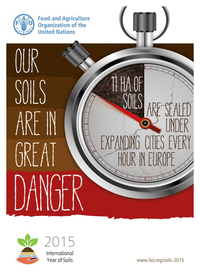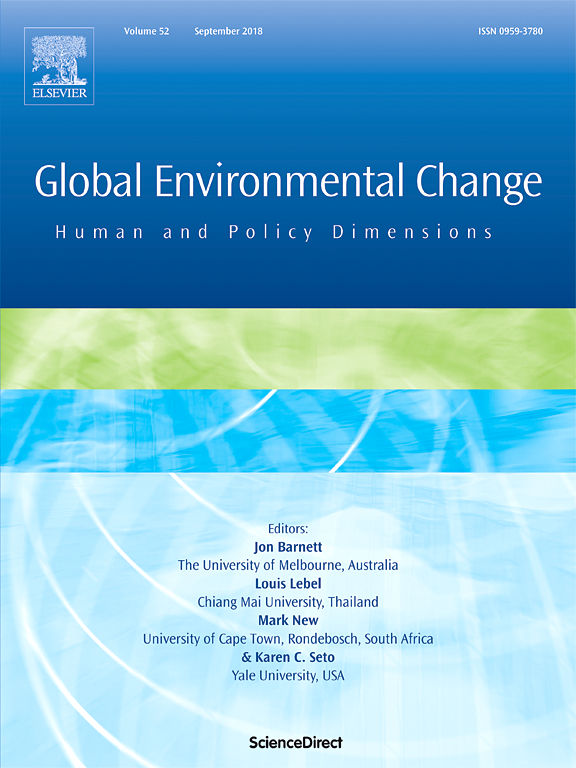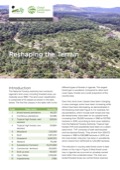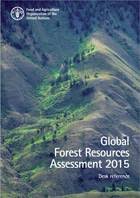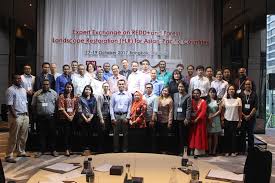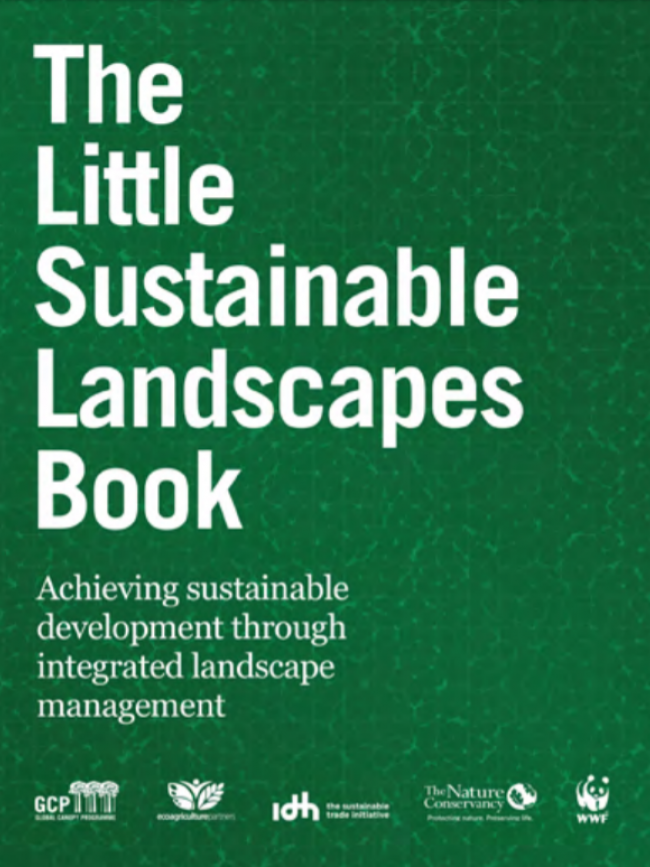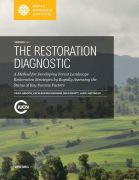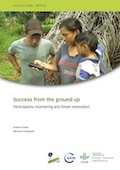Mapping opportunities for forest landscape restoration
The typical response to the loss of forest cover has been to plant trees, usually, but not always, on an industrial scale, and with a limited mix of species. Indeed, planted forests now make up 7 percent of the world’s forest area and contribute over 40 percent of the global industrial wood and fibre supply (FAO, 2010).



